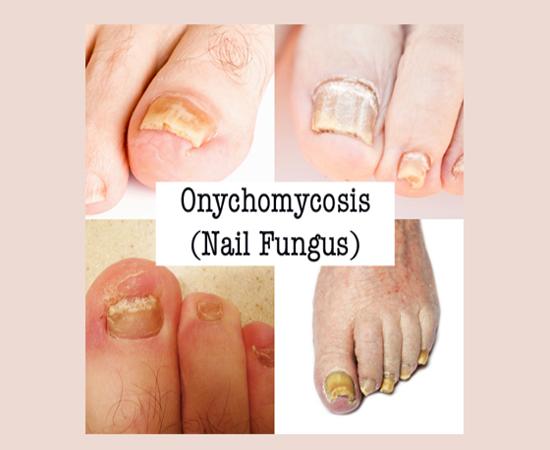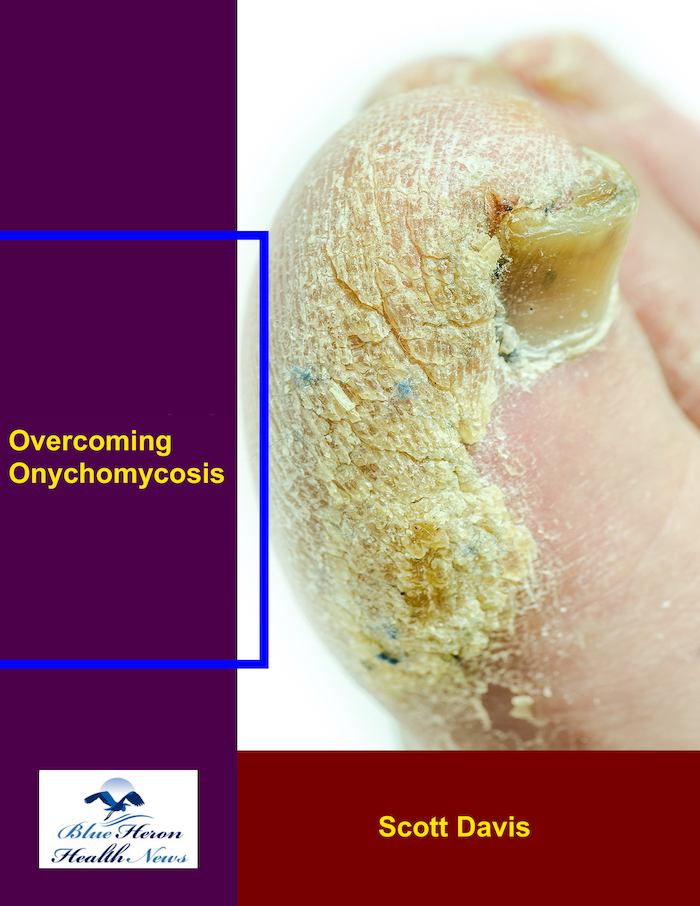Overcoming Onychomycosis – Nail Fungus
Introduction
Dealing with onychomycosis, commonly known as nail fungus, can be both embarrassing and frustrating. This fungal infection affects millions of people worldwide, causing nails to become discolored, thickened, and brittle. However, with the right treatment and care, overcoming onychomycosis is possible. In this article, we will explore effective ways to address this issue and regain healthy nails.
Benefits of Seeking Treatment
Seeking treatment for onychomycosis nail fungus can offer several benefits. By addressing the infection, you can prevent it from spreading to other nails or people. Treating onychomycosis can also improve the appearance and health of your nails, boosting your self-confidence. Additionally, early treatment can prevent complications and discomfort associated with severe fungal nail infections.
Detailed Explanation of Onychomycosis and Treatment Options
Onychomycosis is a fungal infection that affects the nails, most commonly the toenails. It can be caused by various types of fungi and typically thrives in warm and moist environments. To effectively treat onychomycosis, it is important to consult a healthcare professional for an accurate diagnosis.
There are several treatment options available for onychomycosis, ranging from topical antifungal medications to oral medications and laser therapy. Your healthcare provider will recommend the most suitable treatment based on the severity of the infection and your overall health.
Frequently Asked Questions
1. What are the common symptoms of onychomycosis of the toenails?
The common symptoms include thickened nails, yellow or white discoloration, brittleness, and distorted nail shape.
2. How long does it take to see results from the treatment of onychomycosis?
The duration varies depending on the treatment method used and the severity of the infection. It can take several months to a year to completely eradicate the fungus.
3. Is it possible to prevent onychomycosis of fingernails and toenails?
Yes, you can reduce the risk of developing onychomycosis by keeping your nails clean, dry, and trimmed, wearing breathable footwear, and avoiding walking barefoot in public places.
4. Can onychomycosis be treated with natural remedies?
While some natural remedies may provide temporary relief, they are not proven to completely cure onychomycosis. It is advisable to consult a healthcare professional for effective treatment.
5. Are there any side effects associated with antifungal treatment for onychomycosis?
Some antifungal medications may cause side effects such as skin irritation, gastrointestinal issues, or liver abnormalities. Your healthcare provider will monitor your health during treatment to minimize risks.
Conclusion
Overcoming onychomycosis nail fungus requires patience, consistency, and proper treatment. By seeking timely medical attention and following the prescribed treatment plan, you can successfully eliminate the fungal infection and restore the health of your nails. Remember, maintaining good nail hygiene and taking preventive measures can help prevent future occurrences of onychomycosis. Prioritize your nail health and take proactive steps towards overcoming this common condition.


